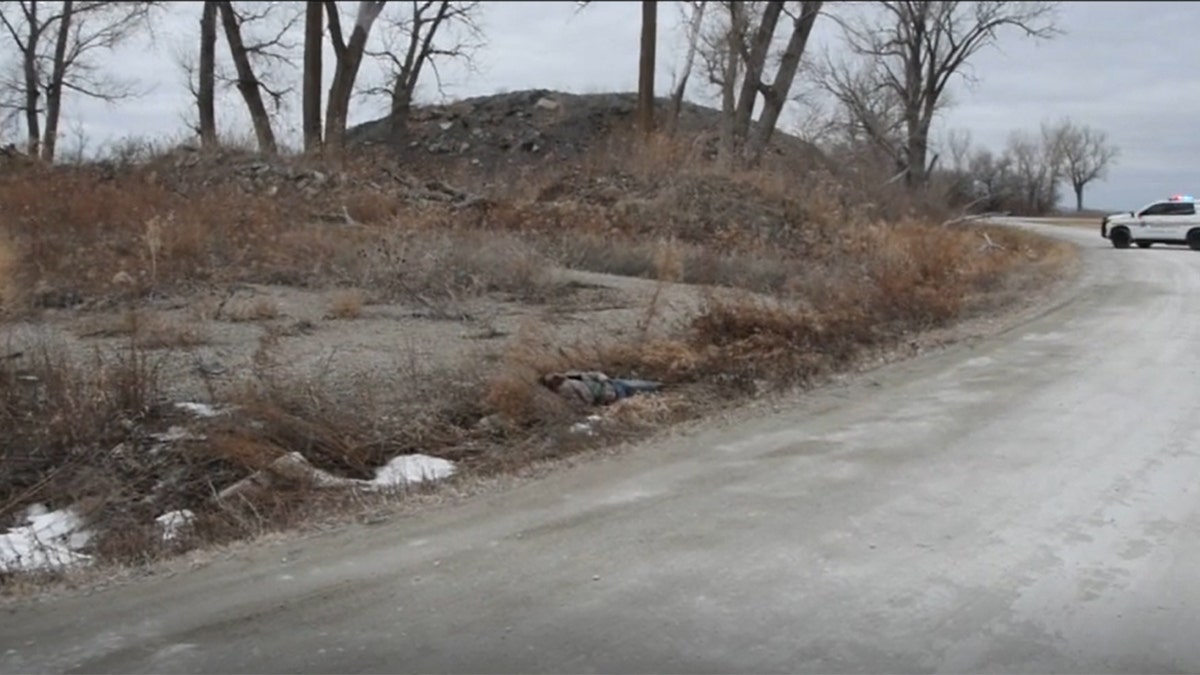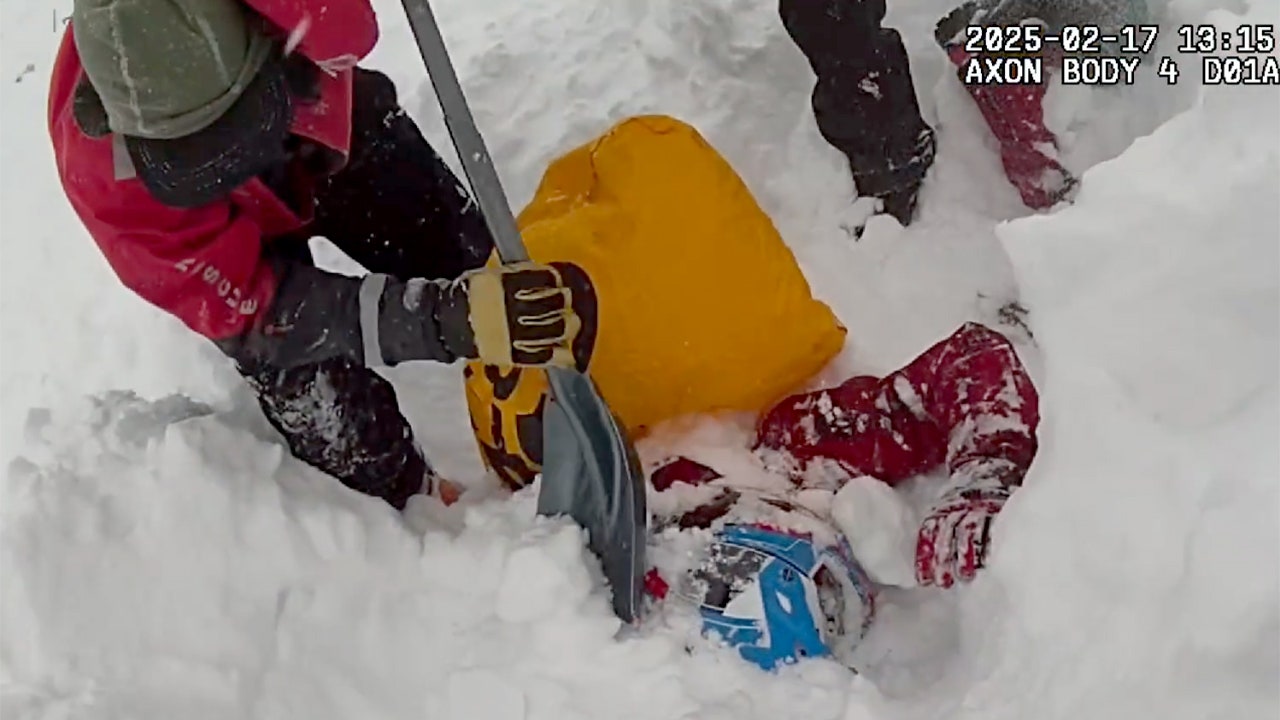The Unseen Clue That Exposed a Killer
Renowned forensic pathologist Dr. Michael Baden confirmed a grieving family’s suspicions and put a guilty man behind bars after spotting an unconventional clue that an initial examination had overlooked: a zipper imprint.
Iowa mother Ilene Gowan was found dead and frozen in a roadside ditch on February 26, 2023. Although police suspected her on-again, off-again boyfriend Ivan “Sam” Brammer, and there were multiple abrasions on Gowan’s body, an initial medical examiner could not determine what caused her death, and police couldn’t charge him with murder.
A Striking Discovery Changes Everything
In a tragic twist, Gowan’s family felt a growing sense of despair as they grappled with the mystery surrounding her passing. When they reached out to Dr. Baden for a second opinion, the stakes were painfully high. The first episode of Fox Nation’s “The Baden Files,” titled “The Zipper,” reveals how a simple yet telling detail could rewrite the narrative of this unsettling case.
Gowan, 60, was last seen on surveillance footage leaving her job at Sugar’s Lounge and Diner in Council Bluffs, IA. Recorded at 11:00 PM on February 12, she entered Brammer’s Ford F-150. The next morning, traffic cameras captured brief glimpses of the same vehicle, yet Gowan’s fate remained shrouded in mystery for far too long. When authorities discovered her lifeless body, it was positioned unnaturally within the vehicle, sparking immediate suspicion.
Wearing the same outfit seen hours earlier on camera—save for a solitary missing shoe—her possessions had mysteriously vanished. No phone, no purse. According to an affidavit reviewed by Fox Nation, even her personal safe, containing approximately $1,200, was unaccounted for. Intriguingly, just days later, Brammer deposited that very amount into his account, before abruptly destroying his vehicle at a salvage yard.
A Series of Alarming Signs
The police, piecing together the evidence, managed to charge Brammer with theft and abuse of a corpse. Yet the absence of definitive proof regarding Gowan’s death left them at an impasse. Her injuries were severe; they included multiple head contusions and an L-shaped laceration deemed non-lethal. A toxicology report revealed only caffeine, nicotine, and a prescription drug in her system, leaving the cause of her death frustratingly ambiguous.

You can’t help but reflect on the pain that Gowan’s family experienced as they sought answers, endlessly searching for the truth they deserved. Dr. Baden meticulously examined photographs from the crime scene, contemplating the evidence of Gowan’s tragic demise. “This tells me what happened. Not who done it – that’s up to the police,” he noted, indicating the delineation of forensic work from investigative duties.

Through his painstaking analysis, Baden concluded that Gowan succumbed to strangulation in a chokehold. He articulated a powerful insight in court—anything implicated in the struggle, be it jewelry or a zipper, may leave a telltale imprint. In this case, that imprint became the fulcrum for justice.

Thanks to Dr. Baden’s critical findings, the gravity of the situation quickly escalated. With the new evidence, police could add a murder charge to Brammer’s list of offenses, culminating in a sentence of up to 50 years for first-degree murder, alongside additional years for misconduct and theft.
Ilene Gowan’s story serves as a haunting reminder of how often overlooked details can profoundly impact lives. When someone you love has been taken away, even the smallest clues can lead to substantial revelations. Behind the tragedy lies a narrative of resilience and the indomitable quest for truth.






































